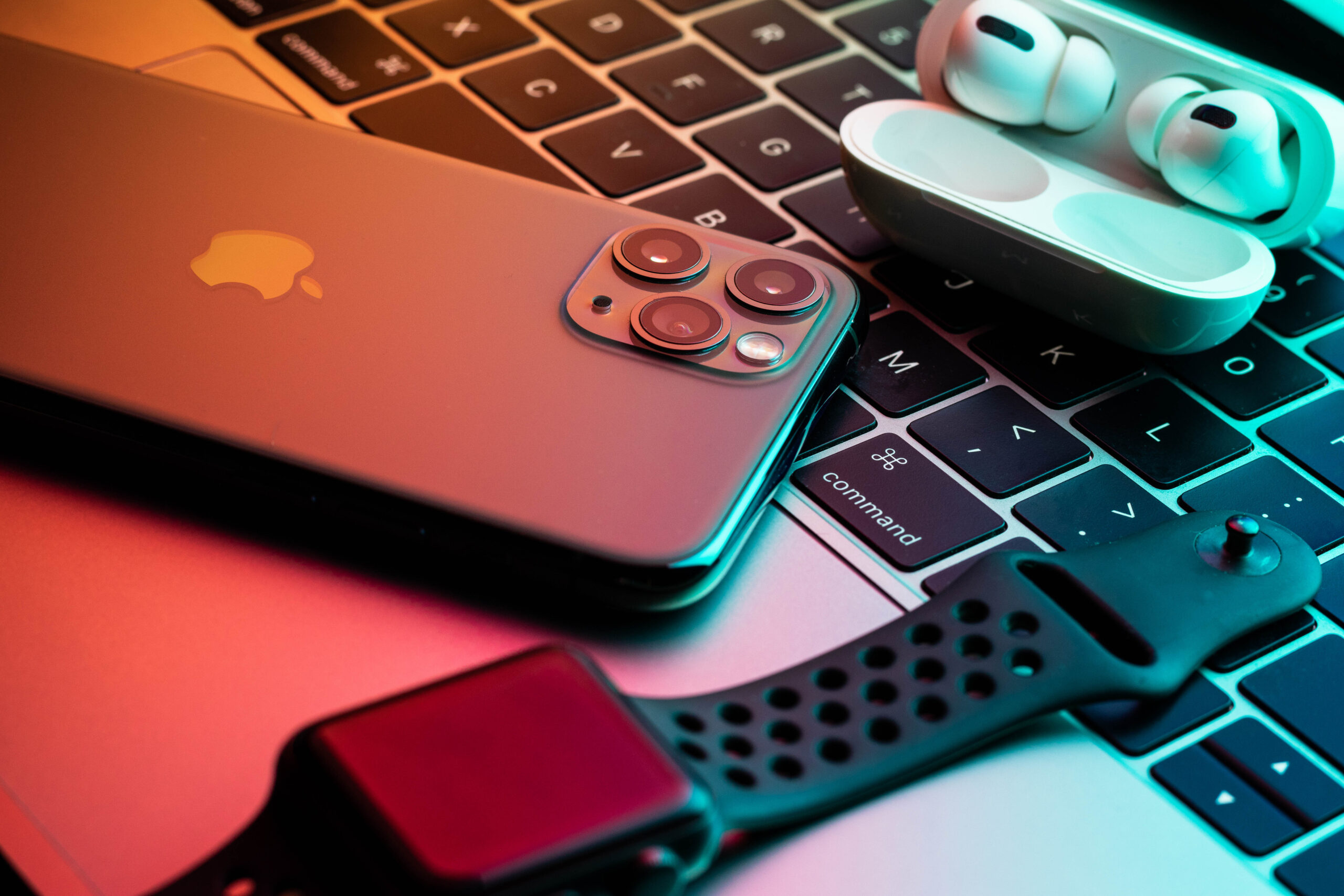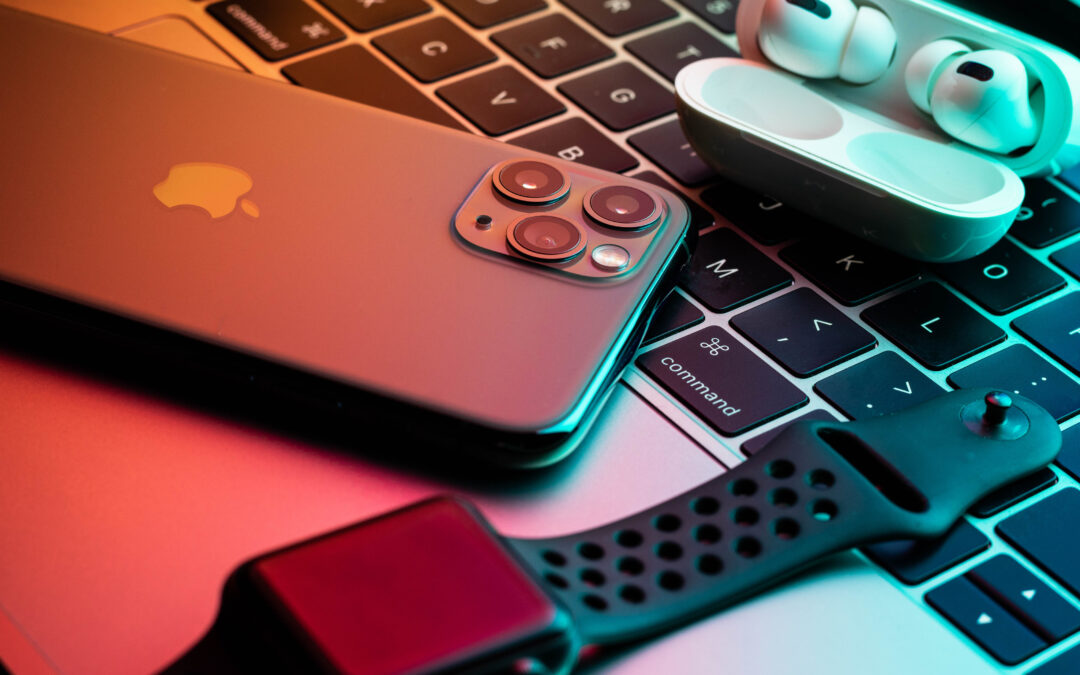
Apple is the largest company in the world with a market capitalization of $2.99 trillion. It’s grown to such an enormous scale, acquiring startup tech, talent, professionals, and companies on its journey of growth since 1976. A pioneer of accessible technology, Apple has anchored its products, brand, and corporate direction on the concepts of innovation, accessibility, performance, and elegance. As it has grown, it’s integrated niche technologies into core products to enhance user capabilities, expand sales, and enter new market segments to establish new revenue streams. Over the years, Apple has been subject to numerous patent infringement cases and in recent years Apple has been leveraging its status as a goliath in the high-tech industry. Apple plays hardball with competitors and business partners alike. Unfortunately, this includes Apple using other’s intellectual property.
Apple Watch Series Patent Infringement
In recent news, Apple has faced a patent infringement suit regarding the blood oxygen technology in two of its Apple Watch Series models resulting in a halt in sales of their watch models. The halt in sales comes after the International Trade Commission ruled that these two models’ use of blood oxygen tracking violated a patent from health technology company Masimo. Masimo, a company that specializes in medical devices, argued that Apple violated a patent with its blood oxygen monitoring feature. Masimo filed a lawsuit against Apple in 2020 to the Central District of California and a case to the International Trade Commission in 2021. ITC made its decision in October of 2023, siding with Masimo and finding that Apple had violated two of the company’s patents. The ruling gave President Biden 60 days to review the patent violations and potentially veto it, which expired on December 25, 2023 without a white house response. Apple appealed the decision to the Federal Circuit, arguing that a pause on sales could negatively impact users who rely on Apple Watch safety and health features. Apple continues to gamble on patent infringement, a costly and laborious legal gamble, and this isn’t the first time Apple has been held to the flame over the last 15 years. But why continue this patent infringement gamble? Why not just strike a licensing deal with the creators? It comes down to money, sales, and buying time to acquire both.

The Gamble of Efficient Infringement
Apple is engaging in a practice now called “efficient infringement,” which is increasingly common today, especially among high-tech giants like Apple and Google. This occurs when a company chooses to infringe another’s patents given its calculation that it will pay less money in court-ordered judgment settlements than in a properly negotiated license agreement—after years of fighting the patent owner in court and before regulatory tribunals at the Patent Office and after forcing the patent owner to pay millions in legal fees. Too often, companies like Apple think they can just get away with infringing others’ patent rights because they have the resources to outlast patent owners in these legal challenges.
The infringement case with Masimo began in 2020. Since that time, the Apple Watch became the best-selling wearable in 2020 with 43 million units sold. In 2021 Apple sold 46 million units, and in 2022 almost 54 million units were sold. The wearable technology vertical of Apple’s sales earned Apple $41.1 billion in 2022–tens of billions of dollars in sales revenue each year compared to a potential million-dollar lawsuit settlement
Apple Watch Series Patent Infringement
The sales Apple attains by violating a patent and marching directly to market without a license are potentially hundreds of times higher than the penalty payout as a result of the infringement. When a private entity monopolizes a market to the point that it feels poised to challenge a governing body such as the International Trade Commission. As tech monopolies grow, the issues of efficient infringement will continue to plague smaller corporations’ technologies. And as new innovation is developed, it will be interesting to see how governing bodies flex their strength to maintain regulation and legal adherence.

